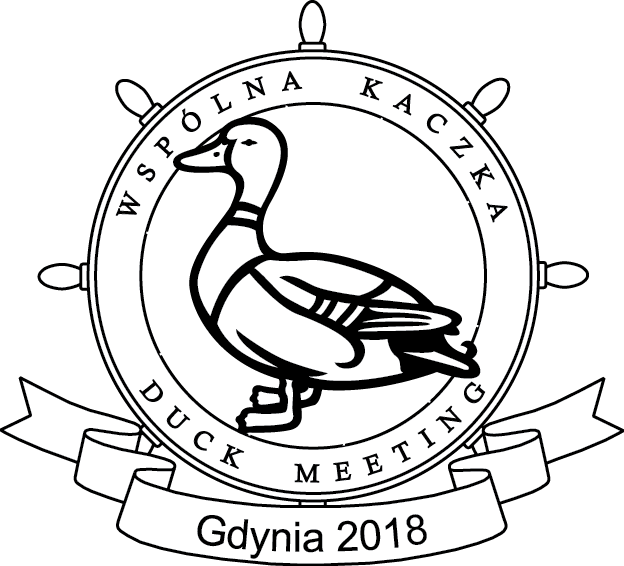2017-10-02
A chance for the port of Elbląg
Next year construction works connected with cutting a shipping canal through the Vistula Spit are supposed to begin. The investment is meant to contribute to the development of the port of Elbląg and also make access to the Vistula Lagoon independent of the decisions of Russia. According to the assumptions of the relevant government bill adopted last December, the construction of the new waterway should end in 2022. The investment is to cost about 880 million zlotys.
The port of Elbląg is the biggest port on the Vistula Lagoon and the nearest EU port to handle transport to Kaliningrad and Baltiysk. Its current transshipment capacity amounts to about 1.5 million t per year, but guaranteed depths across the Lagoon are merely 2.4 m, which means only units with cargo up to 1 thousand t may access the port. According to solutions designed, the canal is meant to make it possible to enter the port of Elbląg for units having the draught up to 4 m, 100 m long and 20 m broad, which means coasters, short sea vessels, barges of higher tonnage or ships that may carry up to 3.5 thousand t of cargo.
Thanks to the investment, Kaliningrad, now generating practically all freight traffic in the port of Elbląg, could be joined by Western European and Scandinavian ports. Also Belarus and Ukraine are interested in the transit of their goods through the port of Elbląg and in building warehouses here. Port Authorities declare that their ambition is for Elbląg to become a medium feeder port for the Tricity and Russian ports. The port could also benefit from another investment planned by the government, namely making the Vistula River navigable.
Calculations by the Maritime Office in Gdynia show that in the years 2023-2045 revenues of the port of Elbląg could increase by 114.6 million zlotys, and the cruise from Gdańsk to Elbląg will last 9.5 hours less. Ships will save 300 thousand hours, that is 490 million zlotys. Passenger traffic will grow from 40 thousand to 210 thousand people in 2040. Also an improvement of the labour market situation in maritime transport, logistics, industrial sector and tourism is anticipated. This is supposed to lead to an increase of budget revenues and savings by about 1.16 billion zlotys (years 2023-2045). These optimistic assumptions are damped by some of marine and logistics industry professionals who claim that the transshipment volume amounting to 3 million t is overstated in the light of economic realities, because at present there is a world tendency to build bigger ships and concentrate transshipment in large ports, which leads to marginalising smaller ones. Also the hope that the ports of Gdańsk and Gdynia, constantly building up their capacity, will be willing to surrender part of their cargo to Elbląg, may prove illusory. In addition, mainly bulk cargo, low-processed goods, and so the least profitable ones, will be able to get there. In order to compete with the Tricity ports, Elbląg will have to offer lower prices, which means that from the economic point of view the payback period of the construction of the canal may be very long.
One of the panels at the Maritime Economy Forum Gdynia 2017 shall be dedicated to seaports.
Article developed in cooperation with "Namiary na Morze i Handel" magazine.
phot. Zarząd Portu Morskiego Elbląg Sp. z o.o.


